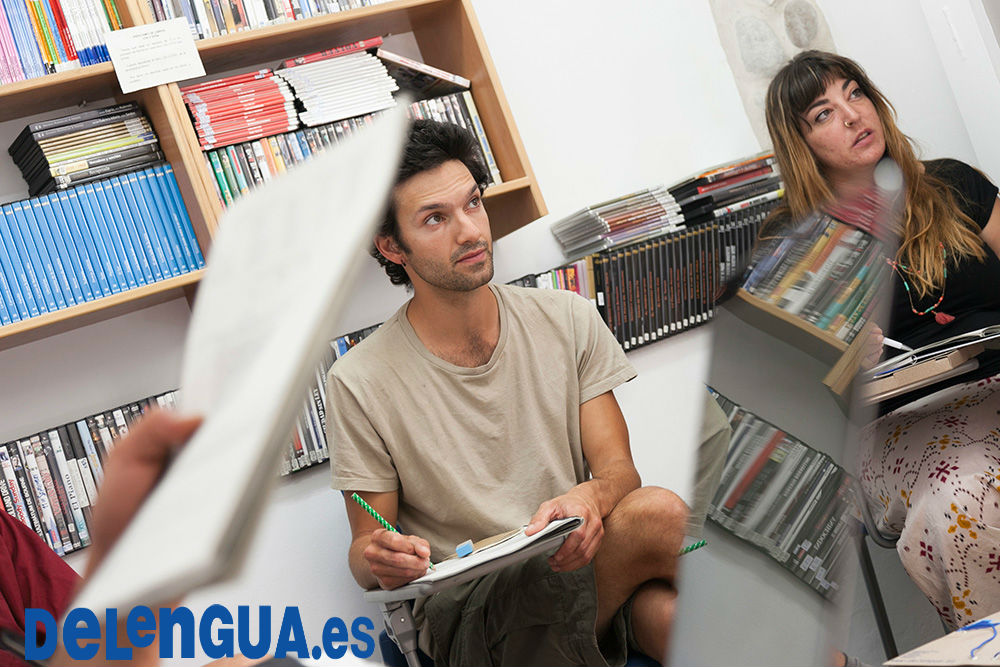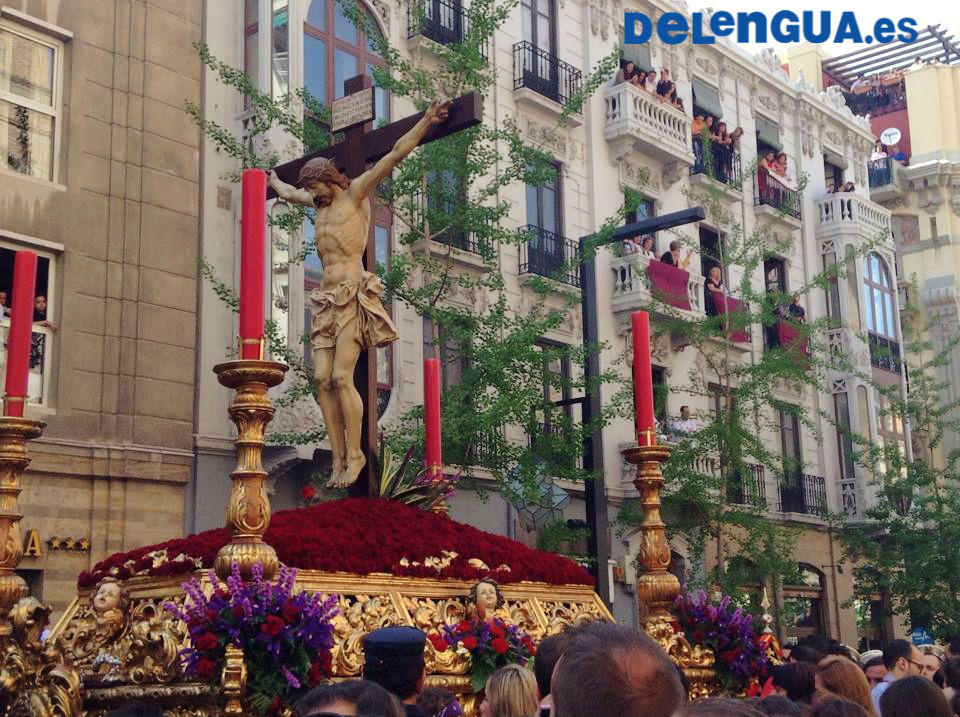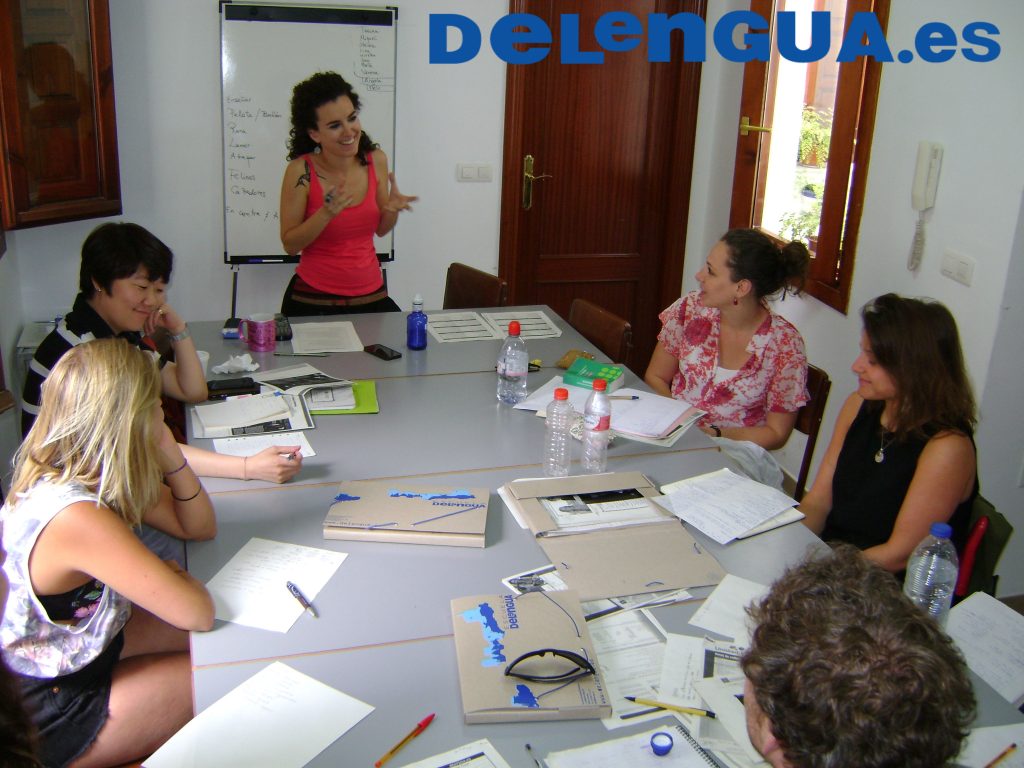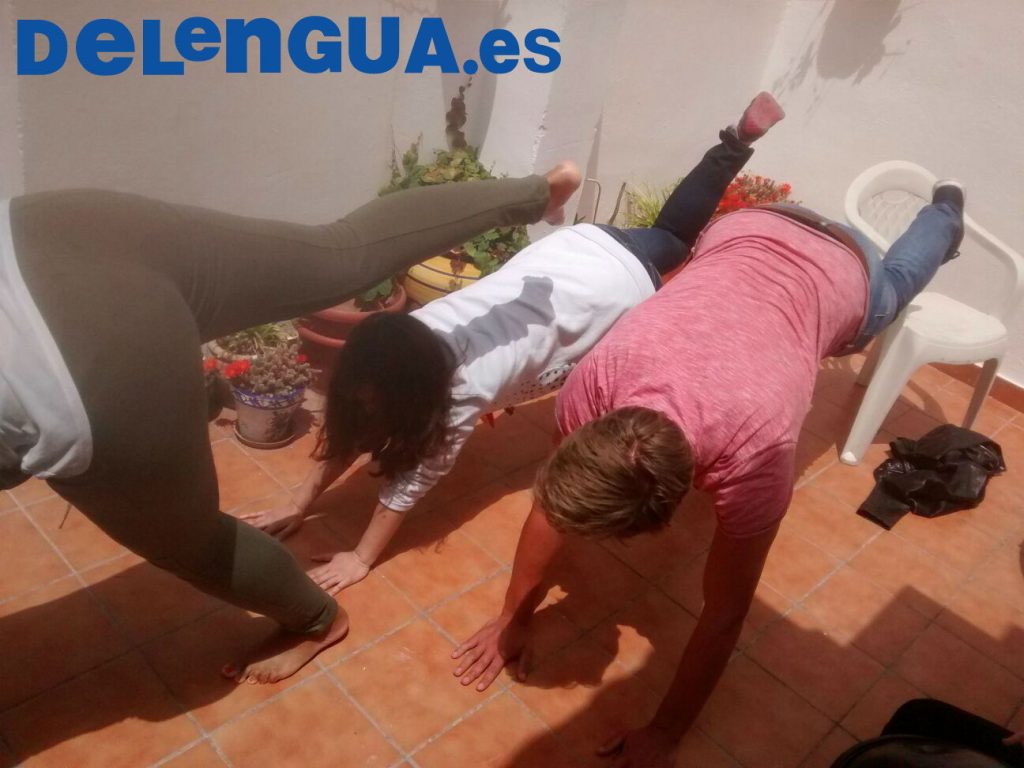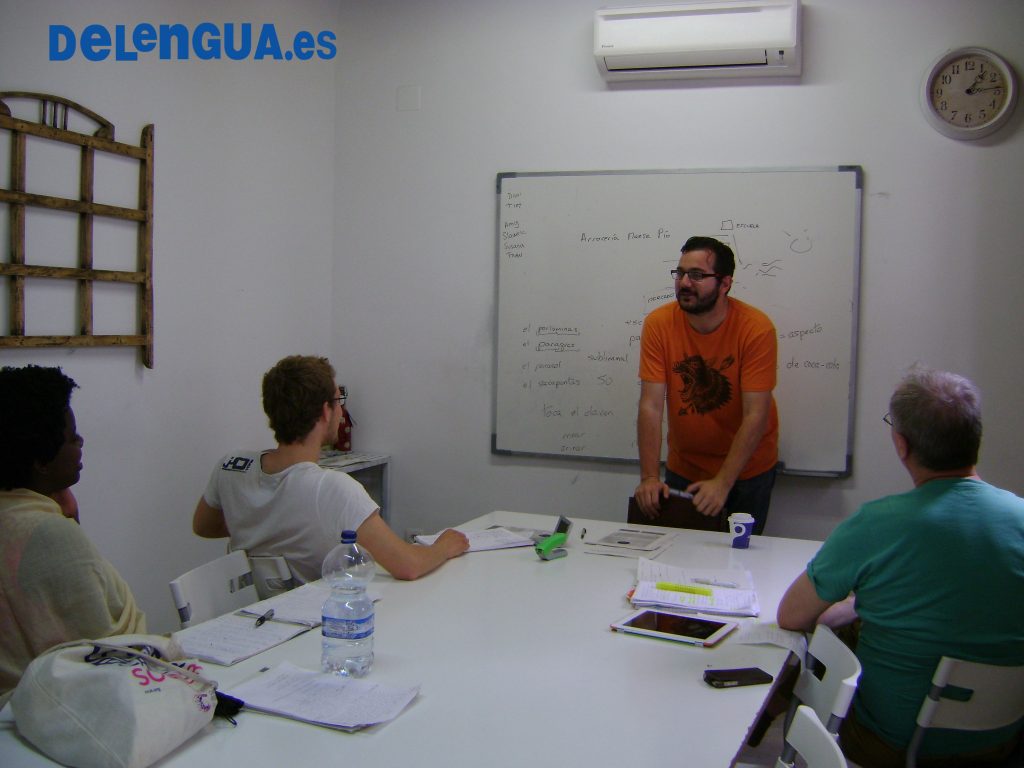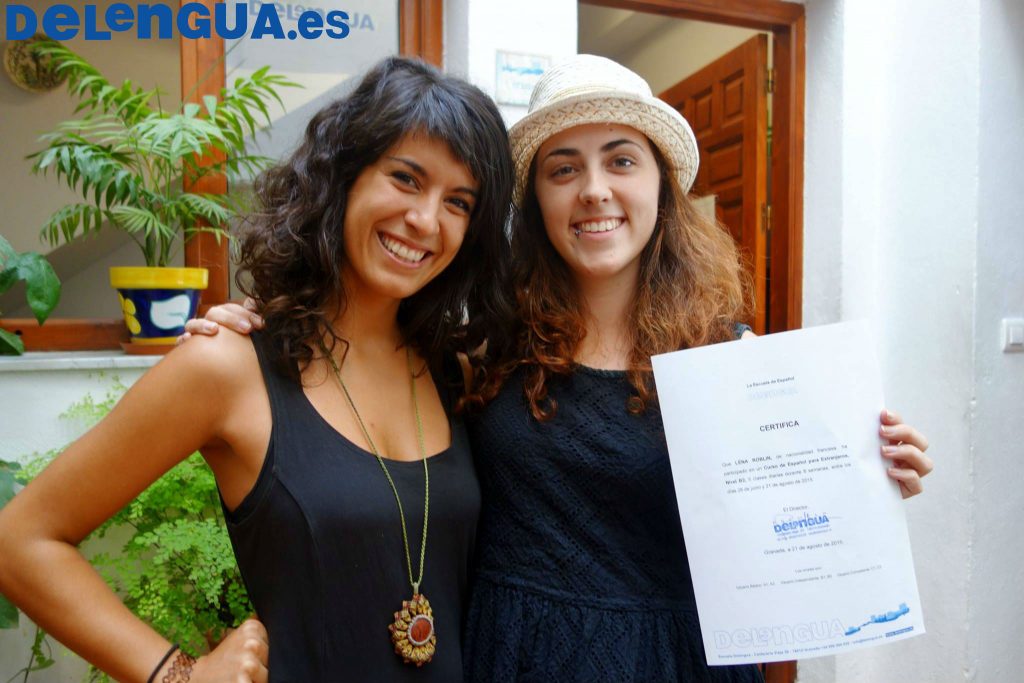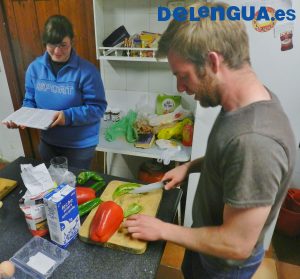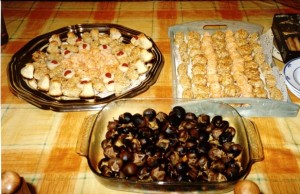| Español | Inglés | |
|---|---|---|
| En los países católicos, el día 1 de noviembre se celebra el Día de Todos los Santos, también en España. Este día se dedica a todos aquellos Santos que no tienen su propio día festivo, y durante este día la gente en España no trabaja.
Es muy común visitar las tumbas de los parientes difuntos en el cementerio y decorar las tumbas con flores, pero también celebrar los santos particulares de cada ciudad. El Día de Todos los Santos es el día del año en que más flores se venden. Normalmente las floristerías duplican sus ventas y el transporte público amplia su servicio para garantizar que todas las familias puedan ir al cementerio. El día de Todos los Santos, aparte de visitar el cementerio, se celebra en toda España de manera distinta. Por ejemplo, en algunas ciudades de Andalucía, la fiesta dura una semana entera. Durante la celebración del Día de Todos los Santos, la comida es muy importante. Una comida típica que se come ese día son las castañas. En Cataluña por ejemplo, después de la cena de familia, se celebra “la castanyada,” una tradición para conmemorar a los santos y los muertos. La gente come castañas asadas y “panellets,” que son pequeñas almendras dulces. Además es popular comer boniatos, un plato dulce de patatas. El Día de Todos los Santos también tiene una variedad de dulces que se come tradicionalmente. Los huesos de santo, por ejemplo, son fundas de mazapán llenas de una crema azucarada. En unas regiones también se come buñuelos de viento o flan. El Día de Todos los Santos es uno de los días festivos más importantes en España. En la Escuela Delengua no hay clases ese día, pero celebramos esta fiesta todos juntos con comida típica y actividades relacionadas a ese día festivo. |
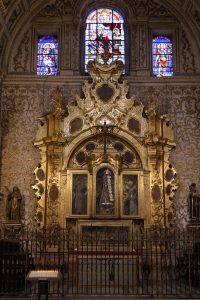
|
In all catholic countries, on 1 November it’s All Saints Day, as well in Spain. This day is dedicated to all those saints who don’t have their own holiday, and on this day people in Spain don’t work.
It is quite common to visit the graves of your deceased relatives in the cementery and to decorate these graves with flowers, but as well to celebrate the particular saint of every city. All Saints Day is the day of the year when most flowers are solt. Usually the florists double their sale and the public transport increases its service to guarantee that all families can go to the cementery. Apart from visiting the cementery, All Saints Day is celebrated all over Spain in different ways. In some cities in Andalucia for example, the celebration lasts a whole week. While celebrating All Saints Day, the food is quite important. A tipical food people in Spain eat on this day are chestnuts. In Catalonia for example, after dining with the family, people celebrate the “castanyada”, a tradition to remember the saints and the deceased. People eat roast chestnuts and “panellets”, some small and sweet almonds. Furthermore it is popular to eat boniatos, a sweet plate made of potatoes. There is also a variety of sweets people eat traditionally on All Saints Day. “Saints Bones” for example consist of sugared cream covered by marzipan. In some regions, eating cream puffs or flan is tipical. All Saints Day is one of the most important holidays in Spain. In Escuela Delengua on this day there are no classes, but we celebrate this day altogether with tipical food and activities related with this holiday. |
For more information visit our website:
Search
Archives
-
Recent Posts
Tags
activities Alhambra Andalucía Andalusia Aprende español en España Aprende español en Granada Cine Español cinema cultura Cursos de espanol en Granada Cursos de español Cursos de español en España Cursos de lengua Cursos de lengua en España Cursos de lengua en Granada Delengua activities España español fiesta film flamenco Gramática Española / Spanish Grammar Granada hiking in the Sierra Nevada la lengua española Language courses language courses in Granada language courses in Spain learn Spanish learn Spanish in Granada Learn Spanish in Spain Pedro Almodóvar senderismo en la Sierra Nevada Sierra Nevada Spain spanish Spanish Courses Spanishcourses in Granada Spanish courses in Granada Spanish Courses in Spain Spanishcourses in Spain Spanish Grammar Spanish Language School the Spanish grammar the Spanish Language




